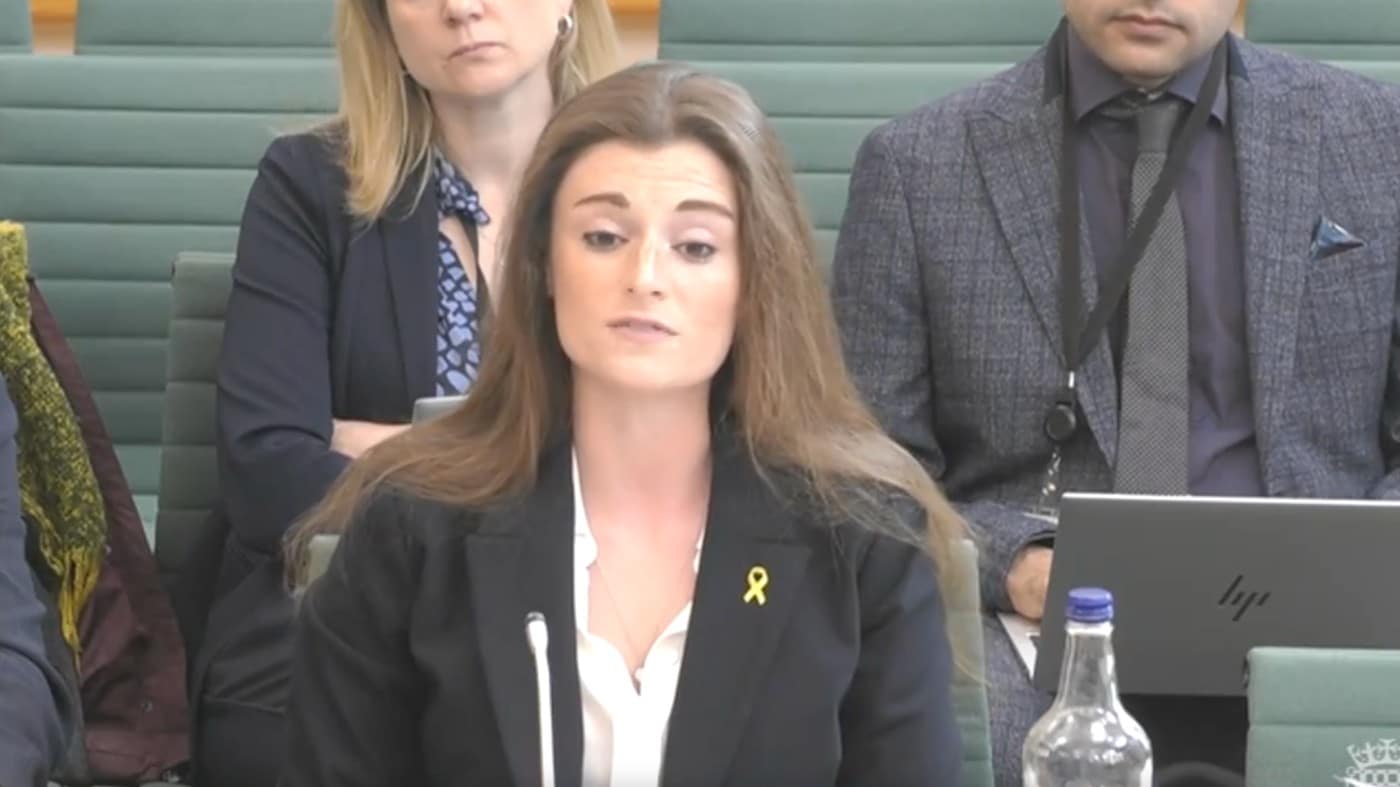Since the Lebanese economy has collapsed in 2019, gender based violence has rapidly increased, where women have been physically abused by their spouses in their households. The impact of this on the economy and the population of Lebanon cannot be under-estimated; GDP is expected to fall by 13.8% in 2020, with 50% of the population projected to soon be living under the poverty line (UN Women 2021). UN ESCWA estimates job losses of 1.7 million in 2020 across the Arab region, nearly 700,00 from women. Within this context, attention must be paid to the differential impact of Lebanon’s economic crisis on men and women, in order to mitigate a long term dip in women’s engagement in the economy. The Development Registration appears that Lebanon is a diverse country with 18 recognized sects, that has a division among various Christians and Muslim sects. According to Paler & Marshall (2020), their evidence comes from a public goods experiment implemented with 713 women and men interacting in 120 same-gender groups in Beirut, Lebanon.
Another gender aspect that has disrupted is that many Lebanese citizens used to have housekeepers from African and Asian countries, where they have been the biggest victims towards GBV (Gender-based Violence) – this has been given a notorious term “Kafala system”. Where their employers cannot afford them anymore, due to their salary being only in USD, and they have been abused on so many other aspects, such as torture, poison, inprisonment, etc. Kabeer (2012) claims that gender inequality cuts across both vertical inequalities and other horizontal inequalities including race and caste. Its intersection with these other forms of inequality means that it is women and girls from the poorest caste, ethnic, and racial groups who have poorer levels of health, nutrition, and education, and very often suffer higher levels of violence than other women, including women from similarly poor backgrounds. Together (Lebanese and non-Lebanese women) with the demographic shift from women and girls from the region to those foreign to it, suggests that the kafala system has introduced a racialized subjection that is novel in the history of the Lebanese domestic sphere (Kassamali, 2021; p.105). Yet this has not dissuaded a large segment of the development community, including international agencies, from asserting that 60–70% of the world’s poor are female, and that tendencies to greater poverty among women are deepening. In broader work on poverty, and especially in policy circles, the poverty of female-headed households has effectively become a proxy for women’s poverty, if not poverty in general, a set of ‘dangerous equations’ which have been increasingly challenged (Cornwell et al., 2007; pp. 35-36).
















